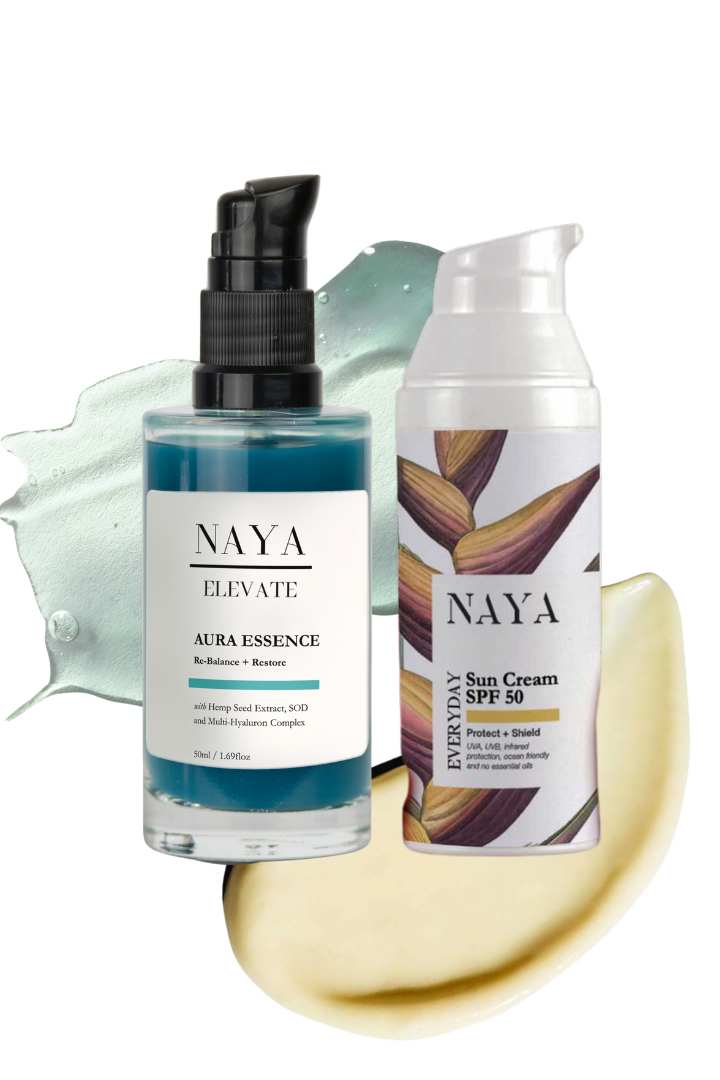Exosomes FAQs
FAQs:
Do stem cells contain exosomes?
Stem cells do not contain exosomes by nature. Instead, stem cells release exosomes as part of their natural communication process. Exosomes are extracellular vesicles (EVs) that carry bioactive molecules (proteins, lipids, and RNAs) to influence other cells. They are not a structural component of stem cells, but a byproduct of cellular activities.
So if someone claims that stem cells “contain exosomes,” that is misleading. The correct description is: Stem cells can release exosomes, but they are not a fixed part of the cell.
How do stem cells release exosomes? Don’t they need to contain exosomes to release them?
It may seem like stem cells (or any cell) must contain exosomes to release them, but that's not how the process works. Instead, exosomes are actively formed inside the cells through a specialized biological pathway before being released. Here's how it works:
How Stem Cells Release Exosomes
1.Formation of endosomes – Inside the cell, the plasma membrane folds inward to form early endosomes. These structures help sort cellular materials.
2.Development of the multivesicular body (MVB) – Some endosomes mature into multivesicular bodies (MVBs) that contain intraluminal vesicles (ILVs). These ILVs are the precursors to exosomes.
3.Packaging of exosomes – While in the MVB, the ILVs are loaded with proteins, lipids, RNAs, and other molecules. The cell decides whether to break down the MVB or release its contents.
4.Release of exosomes – The MVB fuses with the plasma membrane, releasing the ILVs as exosomes into the extracellular space, where they travel to other cells to communicate.
Do stem cells contain exosomes before releasing them?
Technically, exosomes are formed within stem cells during the MVB process, but they are not stored as a permanent structural component. Instead, they are dynamically produced, packaged, and then released. Once released, they are no longer part of the stem cell itself, but act as independent messengers.
Important point
Stem cells do not naturally contain exosomes in the sense that a container holds a substance. Instead, they produce and release exosomes through a well-orchestrated cellular process.
Can a plant stem cell in a skincare product penetrate the skin and release exosomes?
No, a plant stem cell in a skincare product cannot penetrate the skin and release exosomes—and here's why:
Plant stem cells are not alive in skincare products
When plant stem cells are processed into cosmetic formulations, they are no longer alive. They are typically lysed (destroyed) and turned into extracts containing beneficial antioxidants, polyphenols, and other bioactive compounds—but they no longer retain the ability to function like stem cells. A non-living cell cannot perform cellular activities like releasing exosomes.
Marketing vs. Science
When a brand claims that plant stem cells in skincare products penetrate the skin and release exosomes, it confuses consumers. Plant stem cells in skincare products are beneficial in other ways (e.g., as antioxidants), but they do not function like human stem cells and certainly do not release exosomes into human skin.













Hinterlasse einen Kommentar